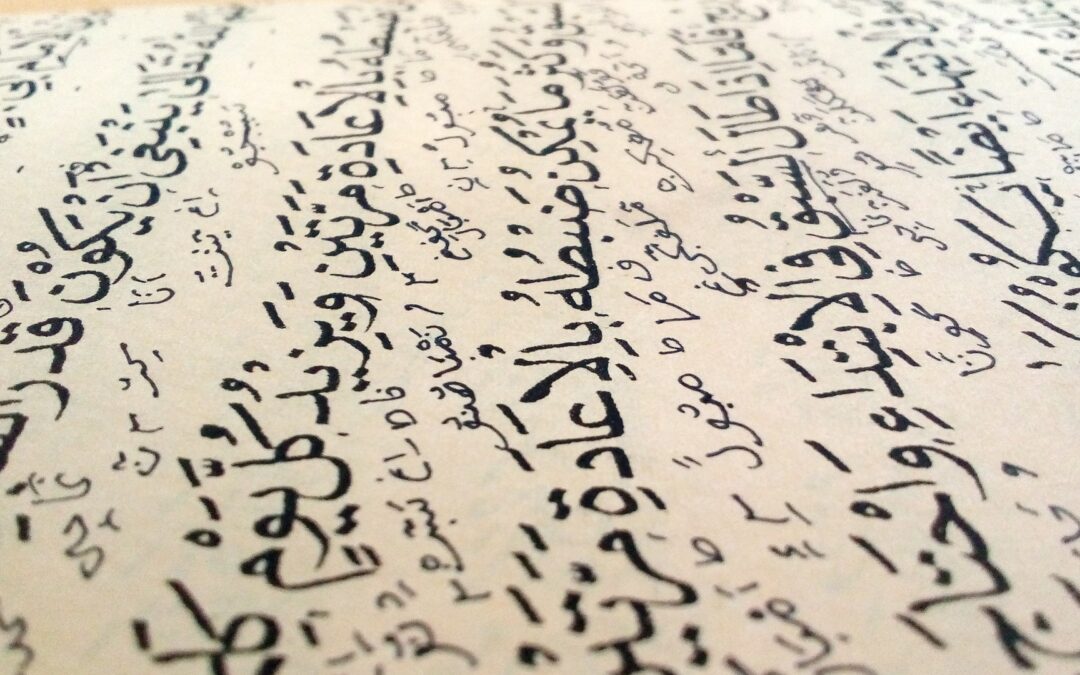Last week, we wrote a blog about Urdu words that have an Arabic origin. Interestingly, Urdu borrows a large part of its vocab from Arabic – 30% of Urdu words are derived from it. Today, let’s have a look at the differences between Urdu and Arabic language.
Urdu is the world’s 21st most spoken first language, with roughly 66 million native speakers and including those who speak it as a second language. There are thousands of words in this language having Arabic origin. Let’s have a look at why these two languages are so similar and their key differences.
Why Is Urdu Similar To Arabic?
Although the languages belong to two different families, Urdu language has several Arabic-derived vocabularies that were introduced into it via Persian, resulting in a change in sound.
Modern Requirement Urdu is a Hindustani language that has been Persianized and standardised. It is Pakistan’s official national language and lingua franca.
There are many Arabic terms in this language, both adopted and derived. However, those are all on a vocabulary level. Many of the borrowed words are even employed in different contexts and have different meanings than they did in Arabic. When somebody comes from Urdu language and tries to learn Arabic, the popular words with inconsistent meanings can be frustrating.
Difference In Pronunciation
A significant distinction between the two languages is pronunciation. Both languages have distinctive vowel and consonant sounds, which can vary the way a word is uttered as well as the meanings.
The letters in Arabic are pronounced differently than they are in Urdu. Urdu ones, on the other hand, have a tendency to deviate more from Persian ones. For example, a native Urdu speaker may pronounce qaf as something closer to an aspirated k, or kh, rather than the the former qaf.
This language’s speakers seem to prefer Persian pronunciation over Arabic pronunciation. For example, Persian and Urdu pronunciations are identical, causing confusion between the other two “s”s as well. Although Arabic has a separate original pronunciation that is approximated to /s/.
Difference In Letters
Urdu is a variant of the Persian alphabet, which is a descendant of the Arabic alphabet. The Urdu alphabet has up to 39 or 40 different letters. Here, no separate letter cases and is written in the calligraphic Nastaliq script. Arabic is written in the Naskh style.
Letters in the Arabic script and many others derived from it are said to have two or three general forms apiece, based on their position in the word. However, even in simple non-decorative writings, the Nastaliq manner in which Urdu is written uses more than three general forms for several letters.

Conclusion
Finally, though the two languages have certain similarities, it is vital to notice that the syntax is distinct. Because of the similarities, it is considerably easier for Arabic speakers to learn Urdu.
If you’re someone who has always been interested in Learning Arabic, check out Nasma of NY’s Levantine Masterclass. Nasma Of NY provides a free 14-day trial, weekly zoom meetings, 24×7 support and a lot more.
Although there are lots of programs and apps that will help you learn to speak isolated snippets of Arabic, those apps are insufficient if you ever want to have an actual conversation in Arabic. Nasma of NY’s live-online conversation classes is great for anyone who has studied basic grammar rules and is ready to build confidence in conversation. These classes are designed to focus and build confidence in speaking Levantine Arabic.
Check out Nasma Of NY’s textbooks for children and adults for getting an extra edge over your Levantine Arabic skills.

